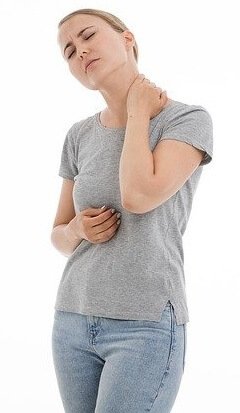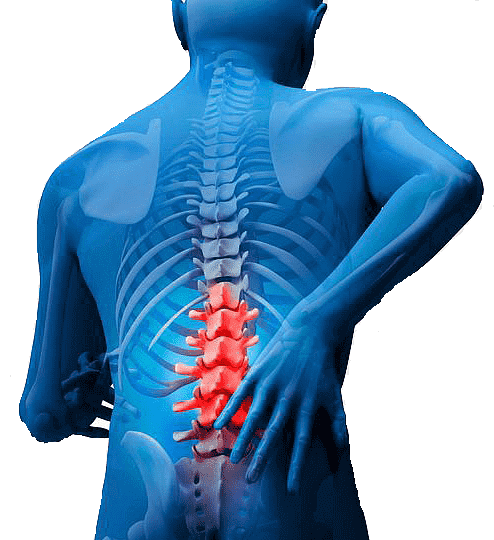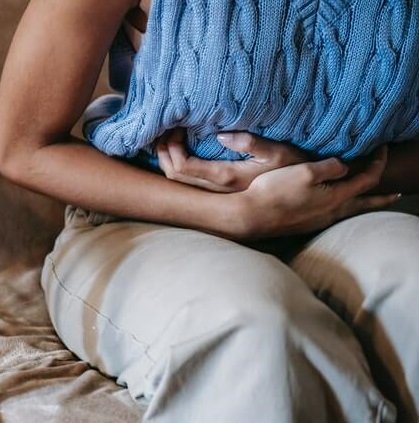- Cupping / Hijama Treatment Plan
- Body Part / Function Involved
- Symptoms and Effects
- Dietary Changes
- Changes in Lifestyle
- Alternative Remedies
Information on this site shall be considered as holistic, alternative and spiritual advice only. For medical advice and treatment a GP, medical professional and/or Certified Hijama Therapist should be consulted. In all circumstances where lifestyle changes, supplements, or other foods are suggested your GP should be consulted. Client Safety is the number one priority.
Cupping / Hijama Points Treatment Plan for Reproductive Organs Pain (female)
Allow 2-4 weeks between sessions – longer if required. Hijama Points shown for each session should ONLY be used to guide the therapist. Body size, cup size, and any other conditions need to considered and appropriate care and attention taken. The number of sessions shown can be increased or reduced depending on the condition of the client.
Complete Treatment Plan
Click here for Session 1Click here for Session 2
Click here for Session 3
Click here for Session 4
Use the standard hijama points as an addition or as separate standalone sessions.
Standard Wet Points – 1,55,6,48,11,12,13,120,49
Standard Dry Points – 125,126
Click here for Hijama Points on the back of the body
If the client has a complicated history and numerous concerns then it is a good idea to use our online consultation service – click here.
Which body part or function is involved in Reproductive Organs Pain (female)?
The female reproductive system in human is consist of the internal and external organs that are involved in the reproduction of new child. The female reproductive system is premature at birth and grows to maturity at puberty to be able to produce ovum and to keep up a fetus to grow full term. The internal reproductive organs include the uterus, Fallopian tubes, and ovaries. The uterus or womb carries the embryo which grows into the fetus. The uterus also creates vaginal and uterine secretions which help the entrance of sperm to the Fallopian tubes. The ovaries manufacture the ovum (egg cell). The external reproductive organs are referred to as the genitals and these are the parts of the vulva that contain the labia, clitoris, and vaginal entrance. The vagina is attached to the uterus at a point called the cervix.
At a specific period, the ovaries discharge an ovum, which passes via the Fallopian tube into the uterus. If in this transit, it joins with sperm, a single sperm (1-cell) can reach and fertilize with the egg or ovum (1-cell), converting it into a zygote (1-cell).
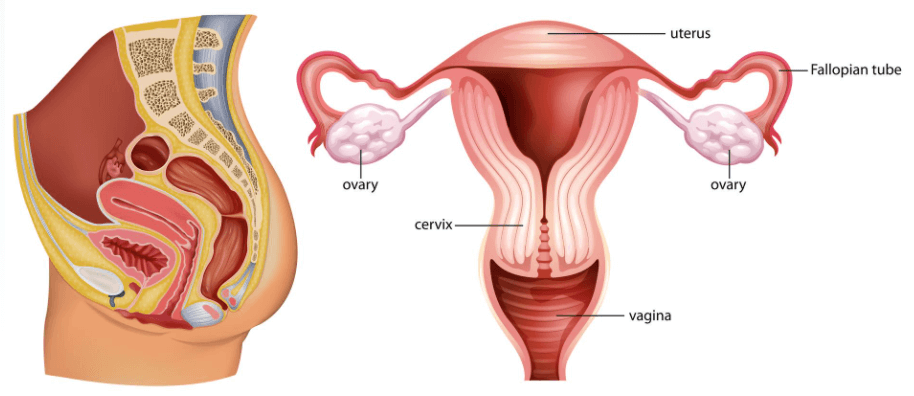
Fertilization normally occurs in the Fallopian tubes and indicates the onset of embryogenesis. The zygote will then divide over some generations of cells to produce a blastocyst, which embeds itself in the wall of the uterus. This starts up the period of pregnancy and the embryo will proceed to develop until full-term. When the fetus has grown enough to stay outside the uterus, the cervix opens and contractions of the uterus push the newborn through the birth canal or vagina.
The uterus or womb is the central female reproductive organ. The uterus provides physical protection, nutritive support, and waste removal for the developing fetus. Furthermore, contractions in the muscular wall of the uterus are substantial in pushing out the fetus at delivery.
What are the symptoms and effects of Reproductive Organs Pain (female) on the body?
Pain After Uterus Operation – A hysterectomy is an intrusive surgery so it normally requires downtime and will appear with some residual pain and distress. This will nearly prolong a few weeks after the surgery. Sharp and chronic pains are indeed going to arise after someone goes through surgery. Patients who need a hysterectomy may have elementary pelvic floor muscle seizures which can cause pain to the hip muscle. The most common regions where women feel pain after a hysterectomy:
- Back Pain
- Cramps/Ovary Pain
- Stomach Pain
- Leg Pain
- Bowel Pain
- Bladder/Burning Pain/Urgency/Frequency
- Pain with Intercourse
- Constipation/Pain with Bowel
Problems of Ligation of Fallopian Tubes
You may experience severe pain or cramps in your abdomen, fatigue, mild vaginal bleeding, dizziness, or a sore throat due to anesthesia. This pain should go away in 2 to 3 days. Some serious problems include:
- Bleeding from a cut or inside the surgical area
- Infection
- Damage to other organs around the pelvis
- Side effects from anesthesia
- Ectopic pregnancy
- Unfinished closing of a fallopian tube can cause pregnancy.
Lactating without pregnancy – the most common cause of breast milk production is the overactivity of a hormone produced in the brain called prolactin. Elevation of prolactin can be caused by:
- medications
- underlying medical issues
- a tumor
- overstimulation of the nipples
Menstrual Pain: It’s not always probable to specify the cause of painful menstrual periods. Some women are just at a higher risk of having painful menstruation. A hormone called prostaglandin stimuli muscle contractions in your uterus that eliminate the uterus lining. These contractions can result in pain and inflammation. The level of prostaglandin increases right before menstruation starts. Menopause problems: the changes in the level of estrogen and another key hormone, progesterone, in your body can affect feelings of anxiety or depression. But continuous, distressing high anxiety or panic attacks is a matter of consideration after menopause. When hormone levels fluctuate after menopause, serotonin levels also get affected, which participates in increased irritability, psychological problems, nervousness, depression, anxiety, and sadness.
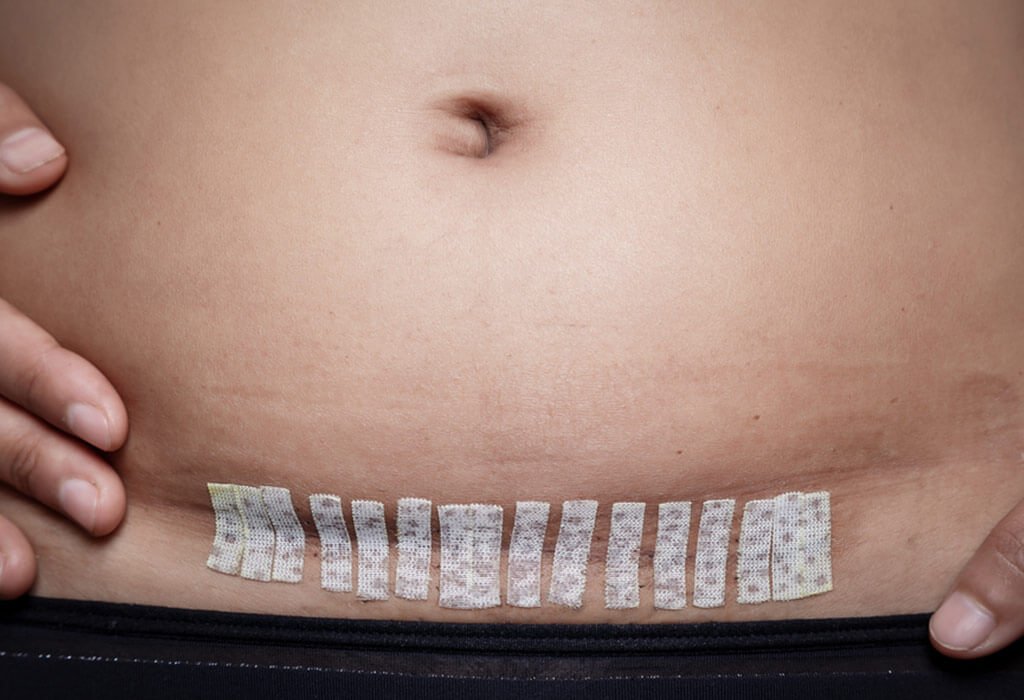
What changes in diet can help improve symptoms of Reproductive Organs Pain (female)?
To heal your surgical incisions you should take a good healthy diet enriched with protein, fruits, and vegetables, take more fluids. To avoid post-menopause issues, Get an adequate amount of calcium. Eat and drink two to four meals of dairy products and calcium-rich foods a day. Get enough fiber and pump up your iron. To cope up with menstrual pain. A vitamin named Boron helps in absorbing calcium and phosphorus, also reduces menstrual cramps. Also try avocados, peanut butter, and prunes.
Changes in lifestyle which can help Reproductive Organs Pain (female)
Take a multivitamin or prenatal vitamin that is proposed to provide the essentials you need for optimal hormone function, egg maturation, and fetal growth. Vitamin D is important to the production of sex hormones, and ovulation. Vitamin E is related to positive reproductive effects. It can reduce the time to pregnancy and increase sperm motility. Normal exercise can decrease the chances of infertility, and improve sperm quality.
Possible alternative remedies for Reproductive Organs Pain (female)
- Chasteberry is a great option if you need to level your hormone balance. It affects the pituitary gland and is a gift for women with raised levels of prolactin.
- A small teaspoon of powdered maca root with warm milk or water is the best remedy to improve your reproductive health.
- Winter cherry, is a famous herb that is known to support and treat female infertility.
- The helonias root is praised for treating several reproductive-related issues such as menstruation, menopause, pregnancy symptoms, and infertility.

